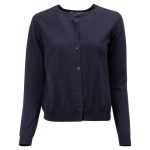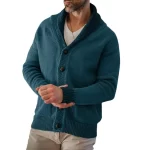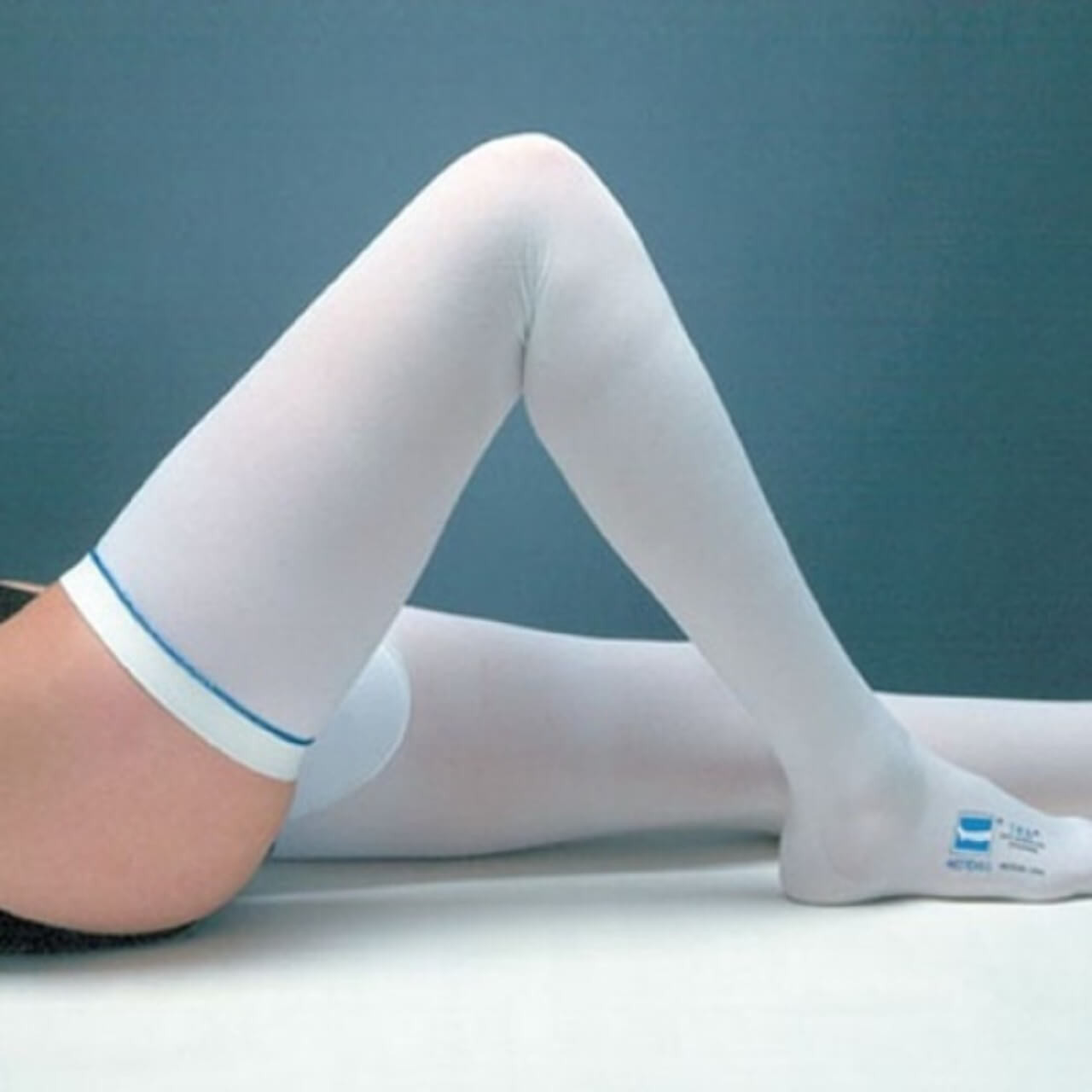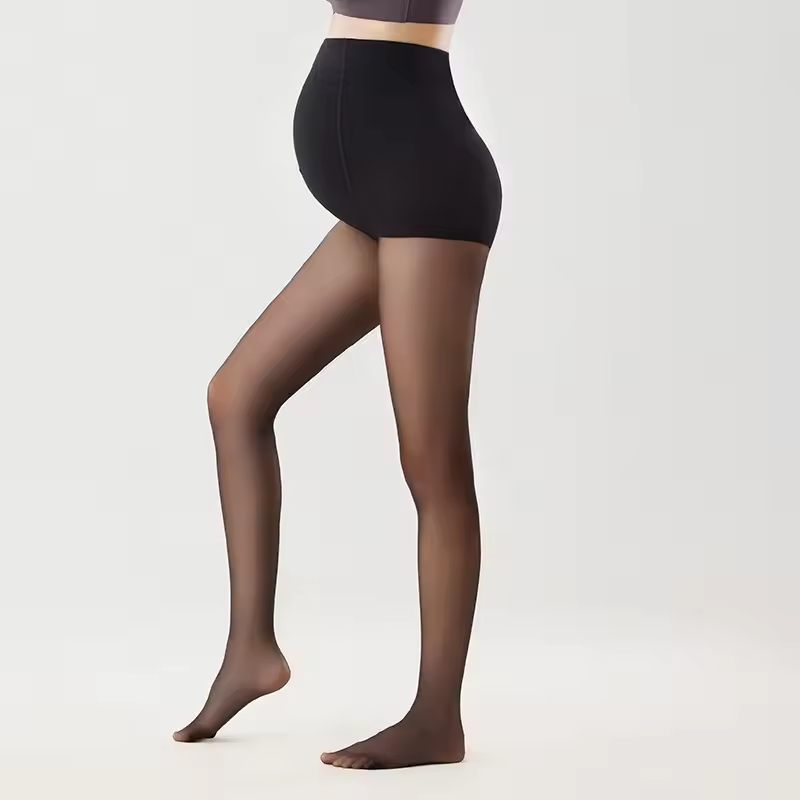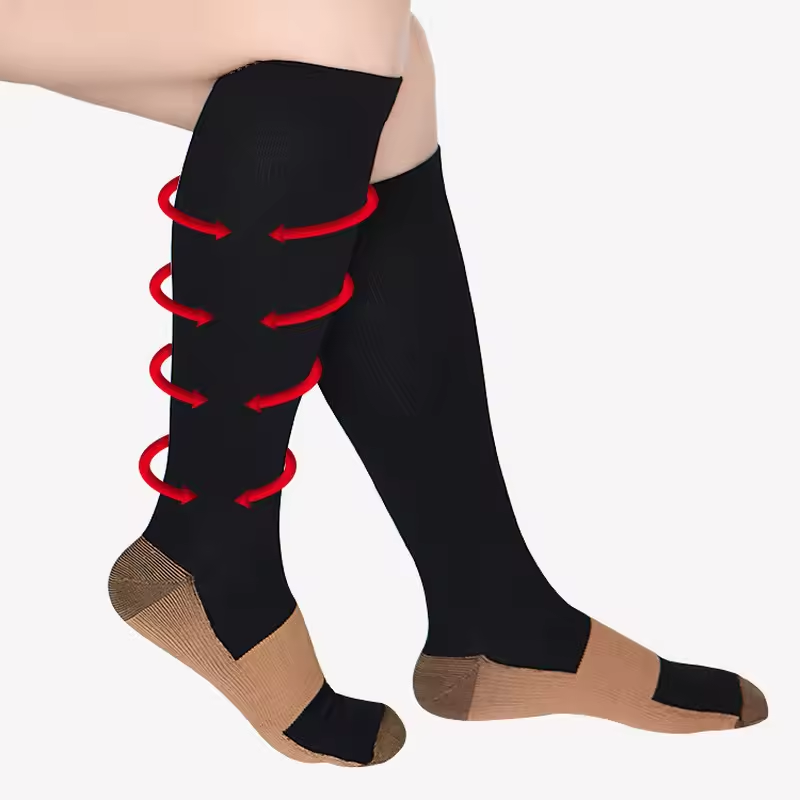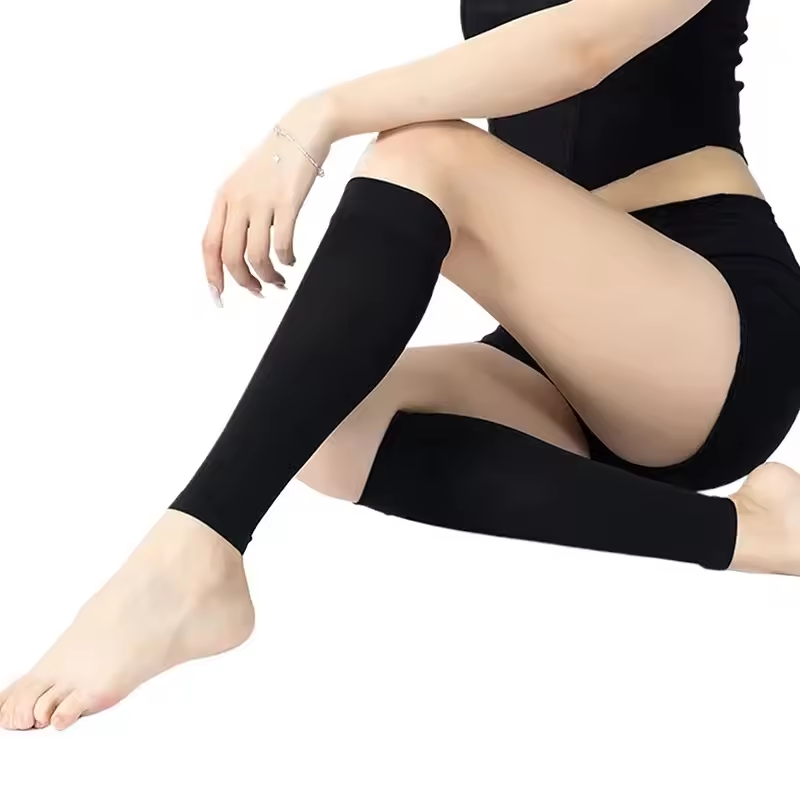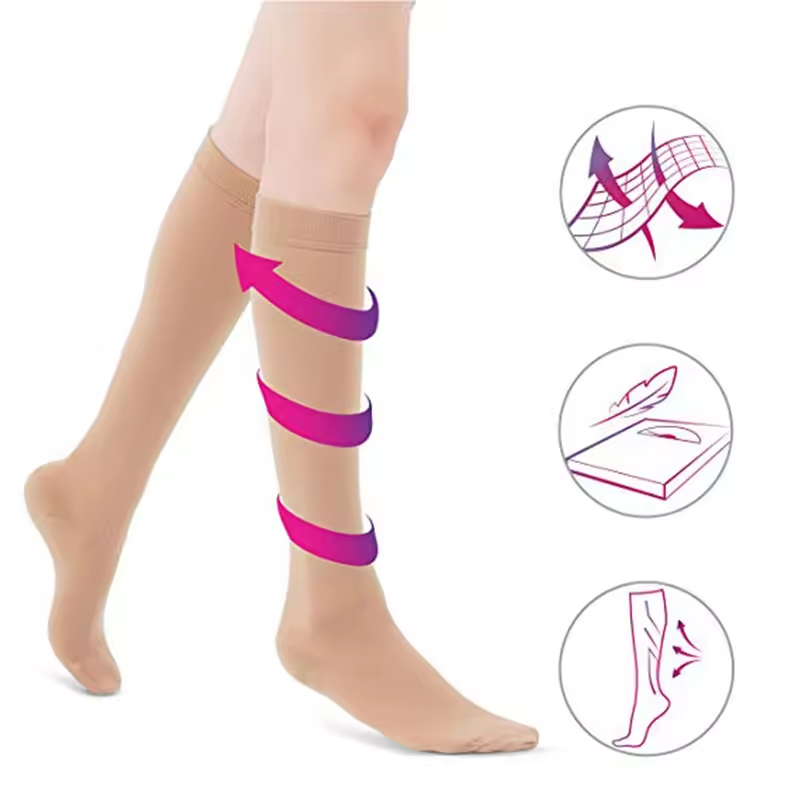Introduction to TED Anti-Embolism Stockings
TED anti-embolism stockings, often abbreviated as TED hose, are specialized hosiery designed to prevent deep vein thrombosis (DVT) and pulmonary embolism in patients who are at risk due to immobility or certain medical conditions. These graduated compression stockings apply pressure to the lower legs, assisting blood circulation and reducing the likelihood of blood clot formation. In this comprehensive guide, we delve into the understanding of TED stockings, their purpose, how they work, who should wear them, proper usage, and care instructions.
The Significance of TED Stockings in Healthcare
TED anti-embolism stockings play a vital role in healthcare settings, particularly for patients confined to beds or those with limited mobility post-surgery. Prolonged immobility can slow blood flow in the legs, increasing the risk of blood clots. These clots, if dislodged, can travel to the lungs causing a life-threatening pulmonary embolism. By applying gradient compression—strongest at the ankle and gradually decreasing up the leg—TED stockings promote venous return, thereby minimizing the chances of clot formation.
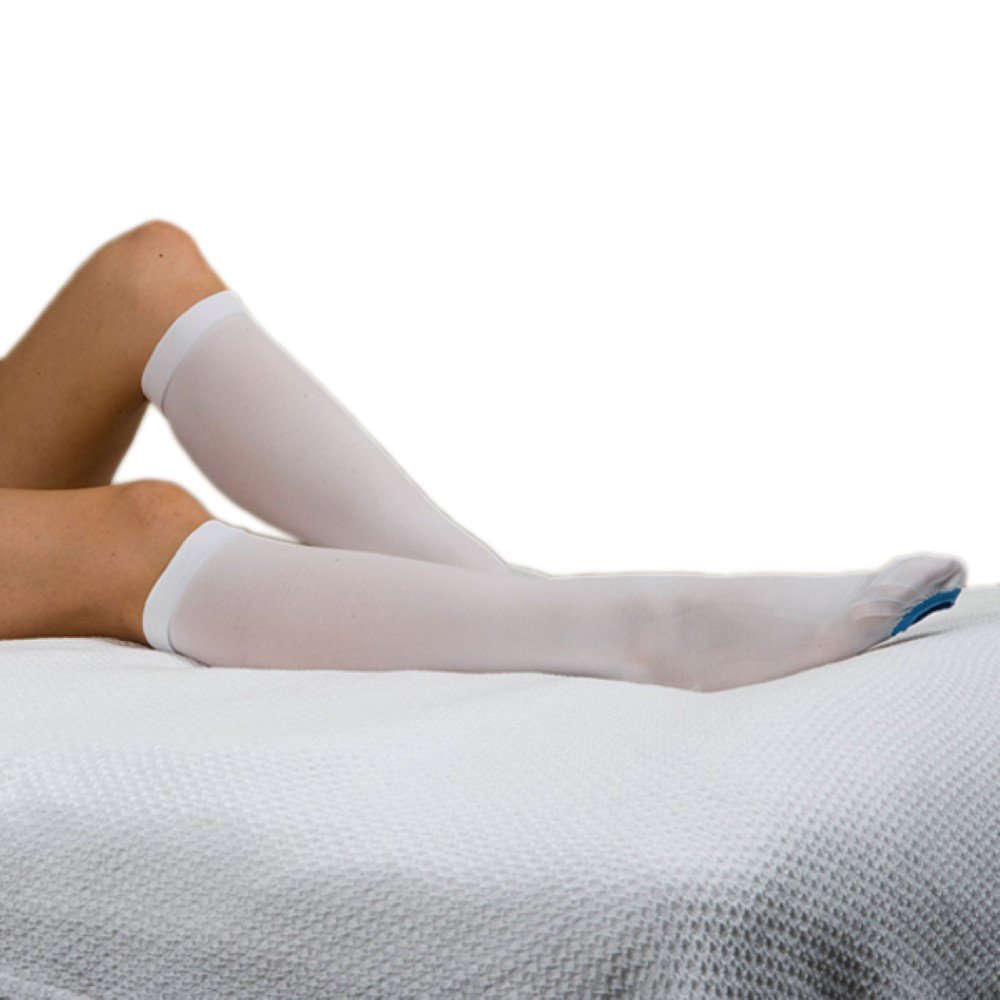
How TED Stockings Function
The mechanism behind TED stockings is rooted in basic physiology. By compressing the superficial veins of the leg, they increase the velocity of blood flow, reducing venous stasis or pooling. This acceleration of blood back to the heart decreases the opportunity for clotting factors to coagulate and form clots. Furthermore, the graduated pressure helps maintain the integrity of vein walls, reducing their dilation and promoting valve effectiveness, which further supports efficient blood return.
Identifying Patients Who Need TED Stockings
Not all hospital patients require TED hose; they are specifically recommended for individuals at high risk of developing blood clots due to various factors. These may include patients undergoing major surgery, especially orthopedic procedures like hip or knee replacements; those with limited mobility due to illness or injury; pregnant women, especially after delivery; and people with a history of DVT or thromboembolic events. Medical professionals assess each patient’s risk profile to determine the necessity of TED stockings.
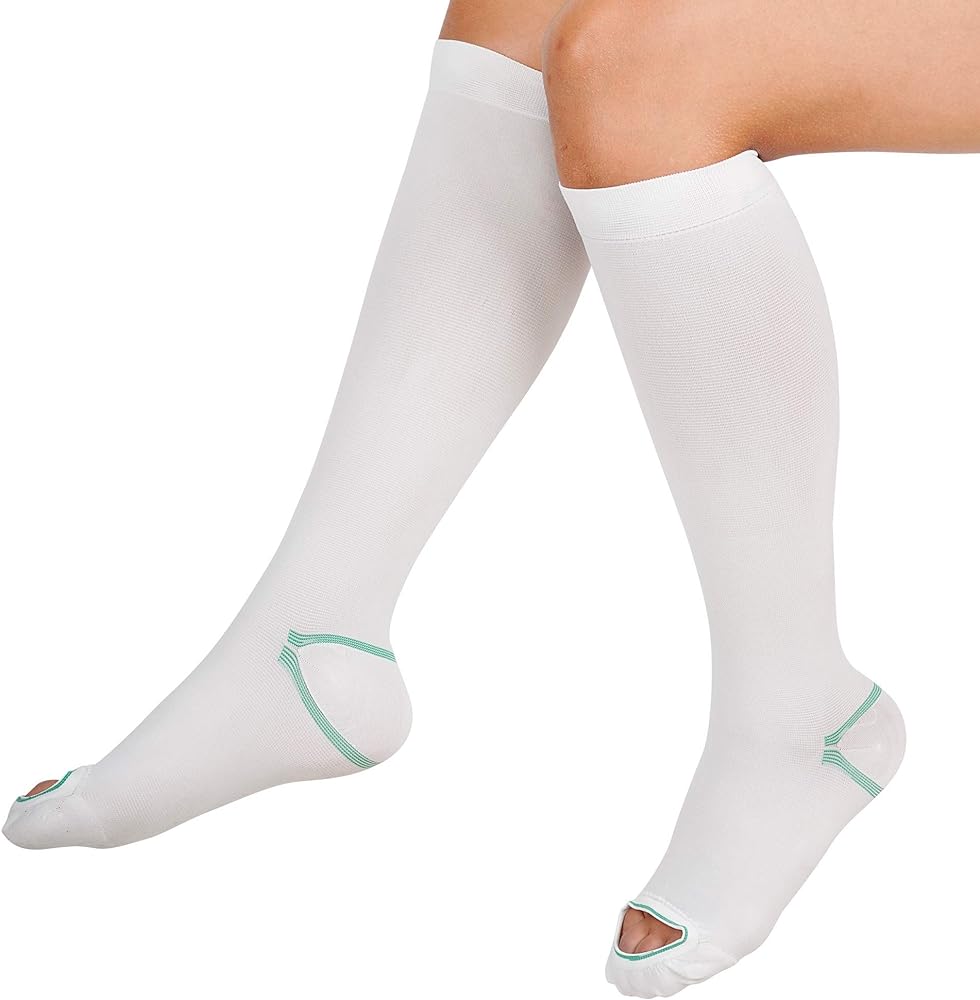
Selecting the Right Size and Type
Proper fit is crucial for TED stockings to function effectively. They come in various sizes to accommodate different leg circumferences and lengths. Ill-fitting stockings can be uncomfortable and less effective, or even cause skin irritation and pressure sores. Medical staff typically measure the patient’s calf circumference and length from the floor to the bend behind the knee to ensure a correct size. There are also open-toe and closed-toe options, with the former being more suitable for patients with foot injuries or during certain types of monitoring.
Applying and Removing TED Stockings
Correct application of TED stockings is essential to ensure maximum benefit and comfort. It’s advisable to put them on first thing in the morning before swelling sets in, and they should be removed before bedtime to allow the skin to breathe. To apply, start by turning the stocking inside out, then gently roll it up the leg, smoothing out any wrinkles. For removal, avoid sudden tugging; instead, gently roll the stocking down towards the ankle. Assistance from a caregiver might be necessary, especially for patients with limited mobility.
Daily Usage and Duration
The duration and frequency of wearing TED stockings vary according to individual patient needs and medical advice. In many cases, patients are advised to wear them continuously during waking hours until their mobility significantly improves or until discharge from the hospital. For some high-risk patients, prolonged use at home may also be recommended. It’s important to follow the specific instructions provided by the healthcare professional.
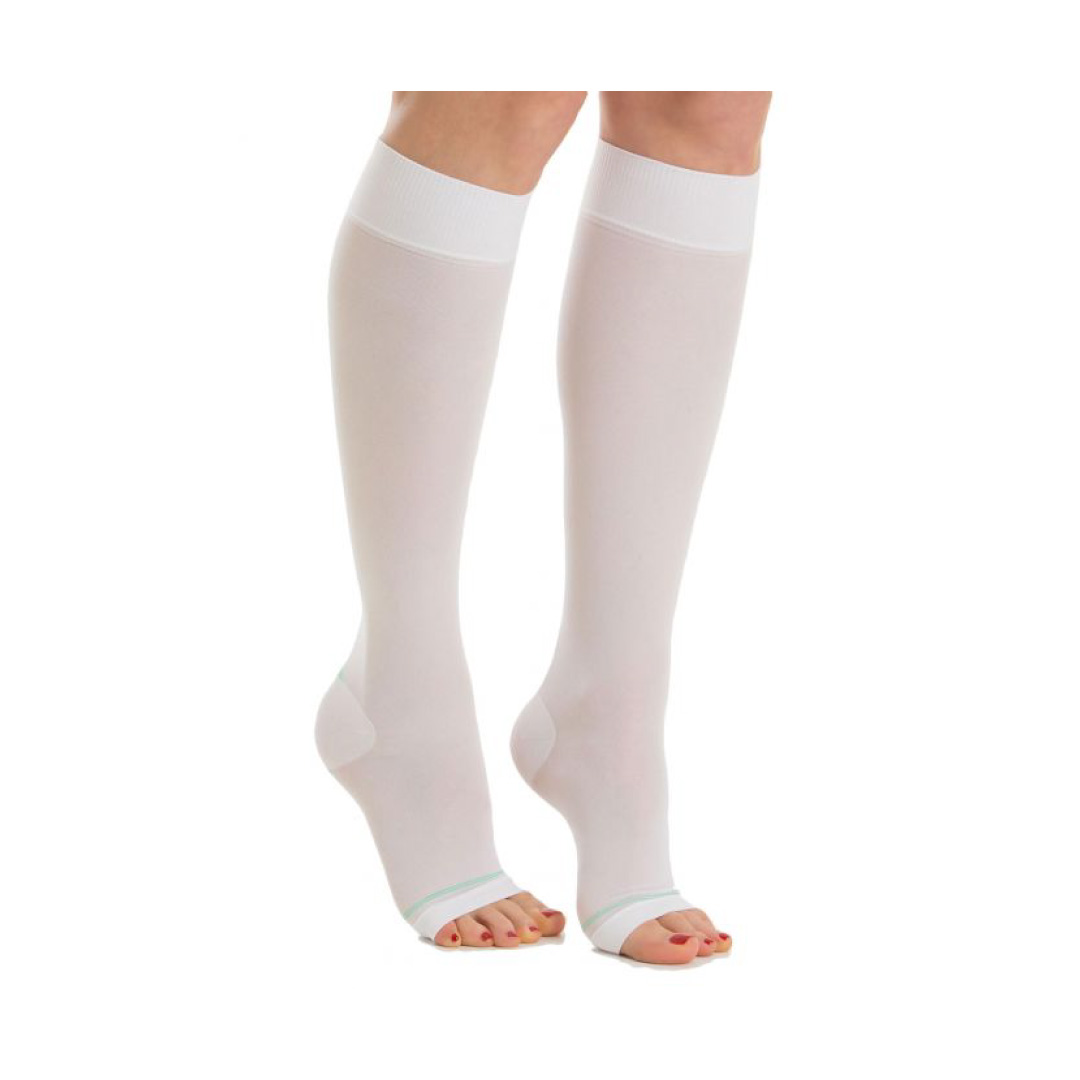
Monitoring Skin Health
While TED stockings are generally safe, close attention must be paid to skin health. Pressure from incorrectly fitted stockings or extended wear without breaks can lead to skin irritation, redness, or ulcers. Patients and caregivers should inspect the legs daily for any signs of skin damage and report any issues promptly to healthcare providers. Adjustments or temporary discontinuation of the stockings might be necessary to prevent complications.
Cleaning and Maintenance
Proper cleaning and maintenance are vital to preserve the effectiveness and hygiene of TED stockings. Most brands recommend hand washing with mild soap and lukewarm water, followed by air-drying away from direct heat sources. Machine washing and drying can damage the compression properties and elasticity of the stockings. It’s crucial to follow the manufacturer’s care instructions to ensure longevity and continued therapeutic benefits.
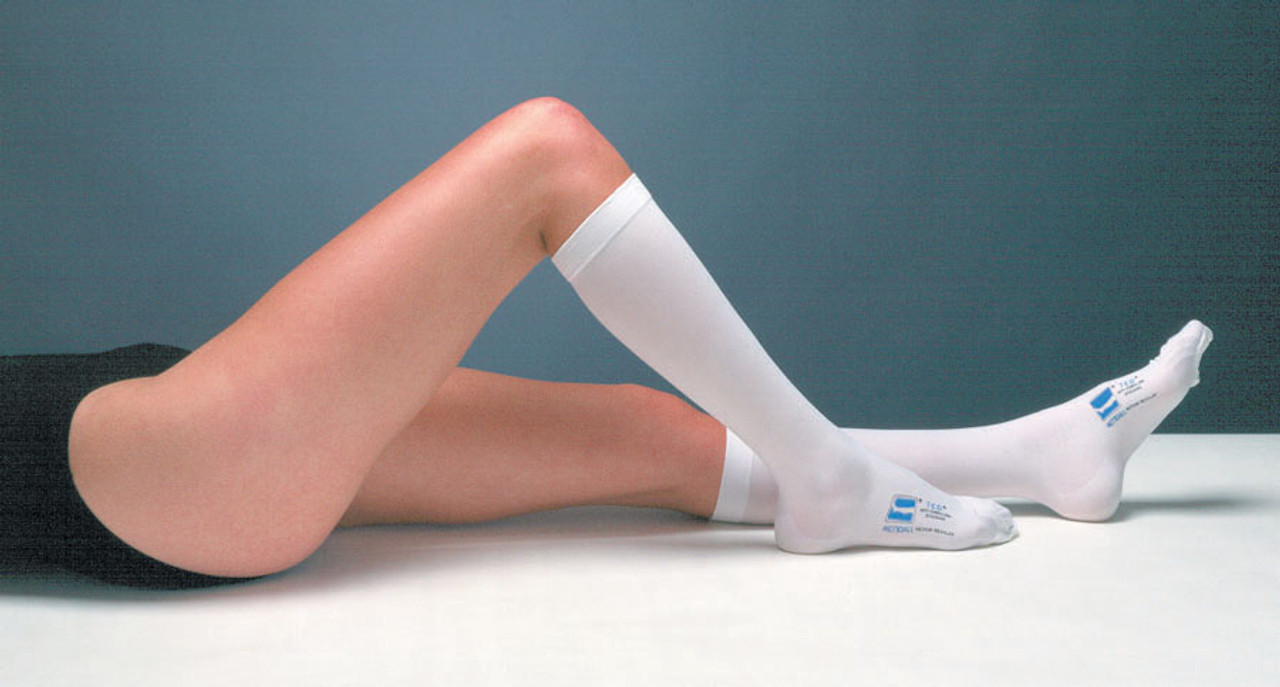
Addressing Common Misconceptions
Misunderstandings surrounding TED stockings abound. Some believe they are only necessary post-surgery, while others confuse them with regular compression socks used for varicose veins or athletic recovery. It’s important to clarify that TED stockings are specifically designed for preventing embolisms in immobile or high-risk patients and should be used under medical guidance. Regular compression socks do not offer the same level of protection against blood clots.
Promoting Patient Compliance
Ensuring patient compliance with TED stocking usage is crucial for their effectiveness. Healthcare providers should educate patients about the importance of consistent use, addressing any concerns or misconceptions that may hinder adherence. Explaining the rationale behind TED stockings and their role in reducing the risk of life-threatening conditions like deep vein thrombosis (DVT) can increase motivation for proper use.
Adjustment and Sizing
Proper fitting is essential for both comfort and efficacy. TED stockings come in various sizes to accommodate different leg shapes and sizes. Patients should be re-measured periodically as leg dimensions may change over time, especially after significant weight fluctuations or post-surgery swelling reduction. Ill-fitting stockings can lead to discomfort, decreased compliance, or even skin problems. Healthcare professionals should guide patients through the process of selecting the right size and demonstrate how to correctly put them on to ensure a snug but not overly tight fit.
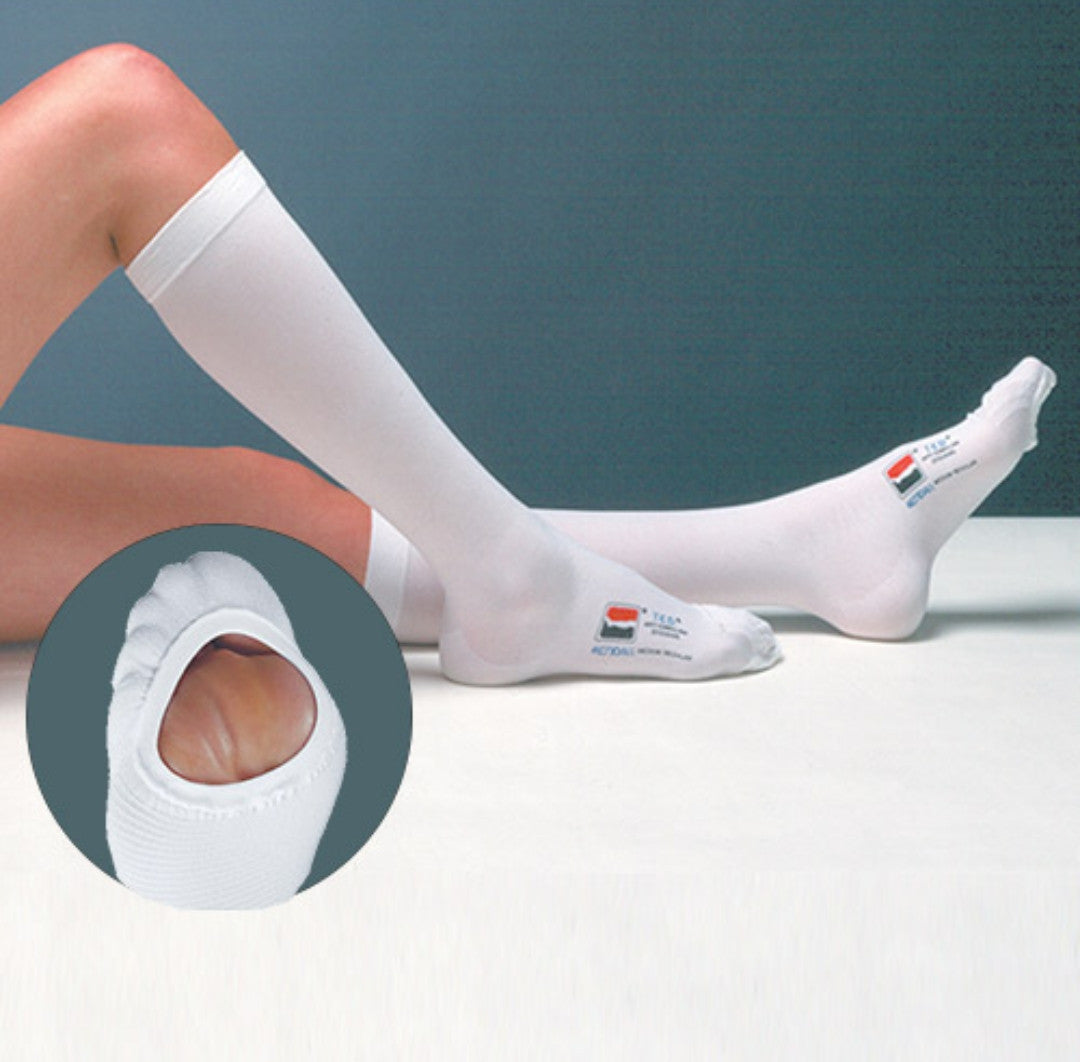
Conclusion: The Role of TED Stockings in Preventive Healthcare
TED anti-embolism stockings are a fundamental preventive measure in modern healthcare, safeguarding patients against potentially fatal blood clots. Their efficacy lies in their ability to improve blood flow through graduated compression, tailored to meet the unique needs of each patient. Correct sizing, application, and maintenance are paramount to ensure both safety and comfort. As with any medical intervention, open communication with healthcare providers regarding the use of TED stockings is essential for optimal patient outcomes. By understanding the science behind these stockings and adhering to best practices, we can significantly reduce the incidence of thromboembolic complications in vulnerable populations.



